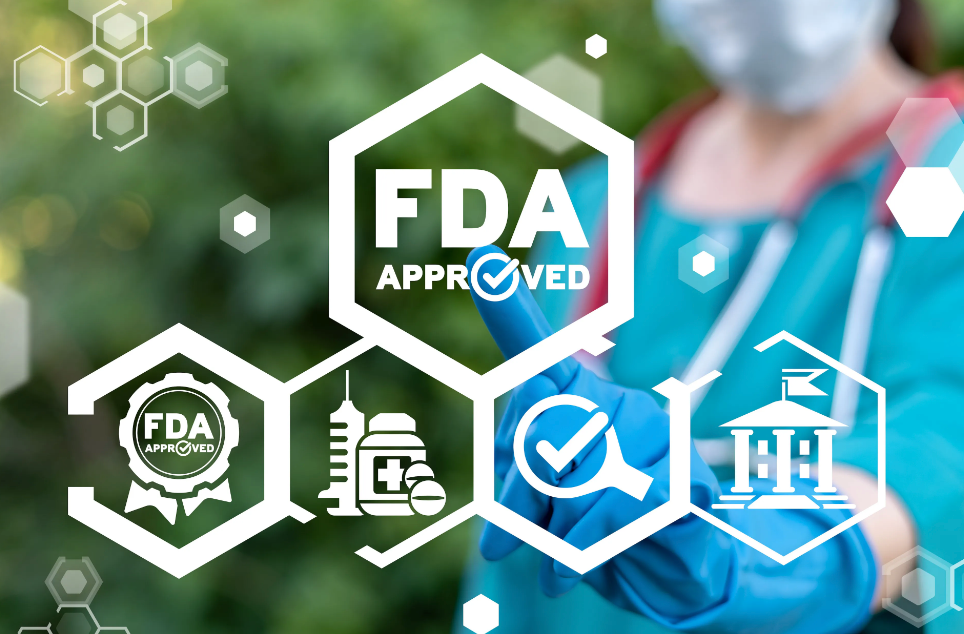News
Article
FDA Updates Label for Axicabtagene Ciloleucel for R/R LBCL Following Positive Long-Term Survival Data
Author(s):
The CAR T-cell therapy improved relative overall survival by more than a third compared to standard of care.
The FDA updated the label for axicabtagene ciloleucel (Yescarta; Kite)—a chimeric antigen receptor (CAR) T-cell therapy indicated for large B-cell lymphoma (LBCL)—to include overall survival (OS) data from the phase 3 ZUMA-7 trial, according to a recent press release.
Image Credit: © wladimir1804 - stock.adobe.com

Data from the ZUMA-7 study shows that axicabtagene ciloleucel improved OS by 38% compared to standard of care (SOC) and improved event-free survival (EFS) 4 times more than SOC when administered as a second-line treatment with curative intent for patients with relapsed or refractory (R/R) LBCL who received first-line therapy within the past 12 months.
“This US label update for axicabtagene ciloleucel is an important step to reinforce healthcare provider confidence to treat eligible patients with axicabtagene ciloleucel, immediately following progression or relapse in large B-cell lymphoma,” said Frank Neumann, MD, PhD, senior vice president and global head of clinical development at Kite, in a recent press release.
The current SOC includes first line chemoimmunotherapy, followed by high-dose chemotherapy (HDT) and autologous stem cell transplant (ASCT), if possible. Unfortunately, less than half of all patients will go on to receive a complete stem cell transplant.
This randomized, open-label, global, multicenter study compared the safety and efficacy of axicabtagene ciloleucel with SOC in 359 patients with R/R LBCL. The study met the primary efficacy endpoint of EFS, with patients in the axicabtagene ciloleucel arm having a higher EFS compared to those on SOC (8.3 months and 2.0 months, respectively [hazard ratio 0.398; 95% CI: 0.308-0.514, P<0.0001]). Time to disease progression was also 2.5 times greater with axicabtagene ciloleucel compared to SOC.
Axicabtagene ciloleucel also met the key secondary endpoints of objective response rate (ORR), overall survival (OS), patient reported outcomes (PROs); the ORR among patients taking axicabtagene ciloleucel was 83% compared to 50% with SOC (odds ratio: 5.31 [95% CI: 3.1-8.9; P<0.0001). Complete response (CR) rate—which is calculated in ORR—was 65% with the CAR T-cell therapy compared to 32% with SOC. There were 46.7 months of follow-up total, and OS rates at 39 months was 55.9% in the experimental arm and 46% in the SOC arm.
“When given as second-line therapy, axicabtagene ciloleucel is even more effective in improving patient survival than SOC treatment,” Neumann said in the press release.
In fact, 94% of patients who were randomized to the axicabtagene ciloleucel arm actually received it; only 35% of patients who were set to receive SOC, including HDT and ASCT, eventually received a stem cell transplant.
Approximately 30% to 40% of patients with LBCL (a primary type of non-Hodgkin lymphoma) have R/R disease that requires second line treatment.
Axicabtagene ciloleucel is a modified autologous T cell immunotherapy that targets CD-19; it is already indicated as second line treatment for patients with R/R LBCL who received chemoimmunotherapy, as well as patients who have received 2 or more lines of systemic therapy for R/R diffuse large B-cell lymphoma or follicular lymphoma.
This therapy also met the secondary endpoint of safety, however there were adverse events (AEs) associated with treatment. The most common AEs observed in trial participants includedfever, cytokine release syndrome, fatigue, hypertension, gastric symptoms, and neurological toxicities.
Up until this trial, it had been 30 years since a treatment improved OS in this patient population. Neumann said in the press release, “It is our hope to provide patients a chance to live longer lives.”
Reference
U.S. FDA Approves Label Update for Kite’s Yescarta® CAR T-Cell Therapy to Include Overall Survival Data. Kite. News Release. December 22, 2023. Accessed on December 22, 2023. https://www.businesswire.com/news/home/20231220595740/en
Newsletter
Stay informed on drug updates, treatment guidelines, and pharmacy practice trends—subscribe to Pharmacy Times for weekly clinical insights.





